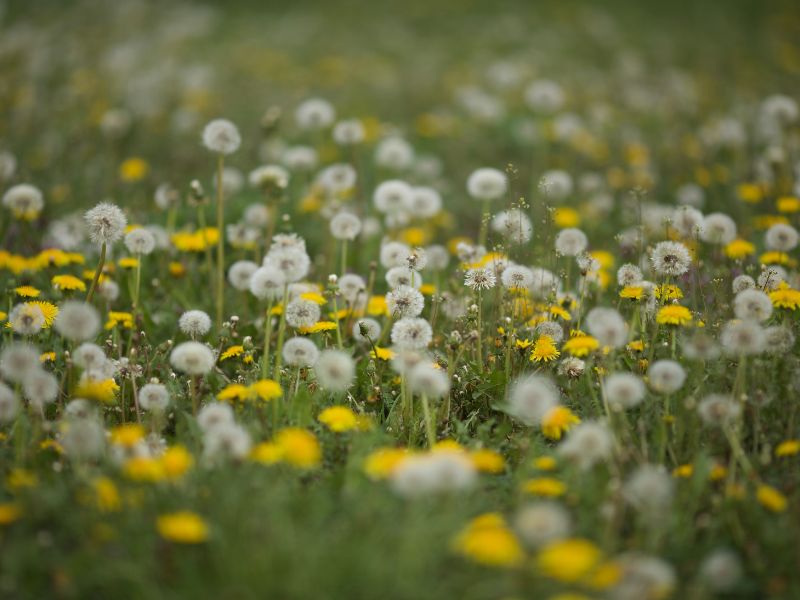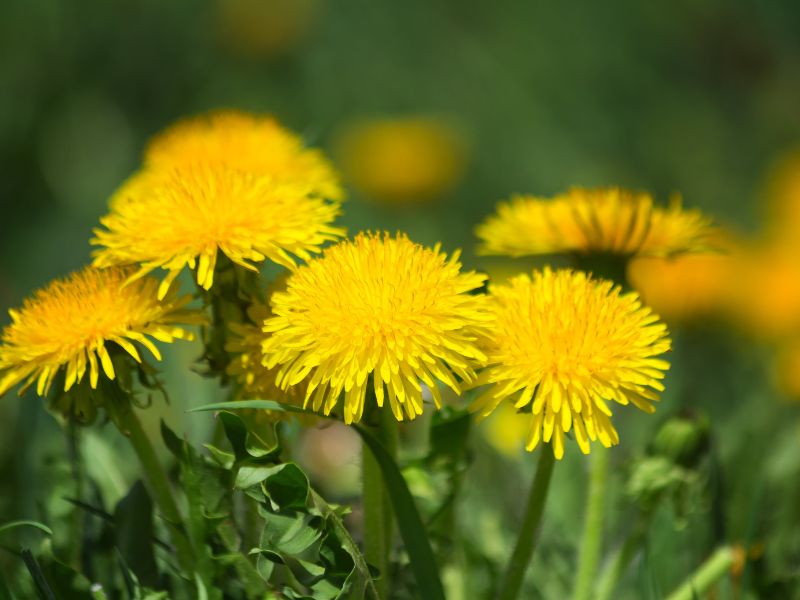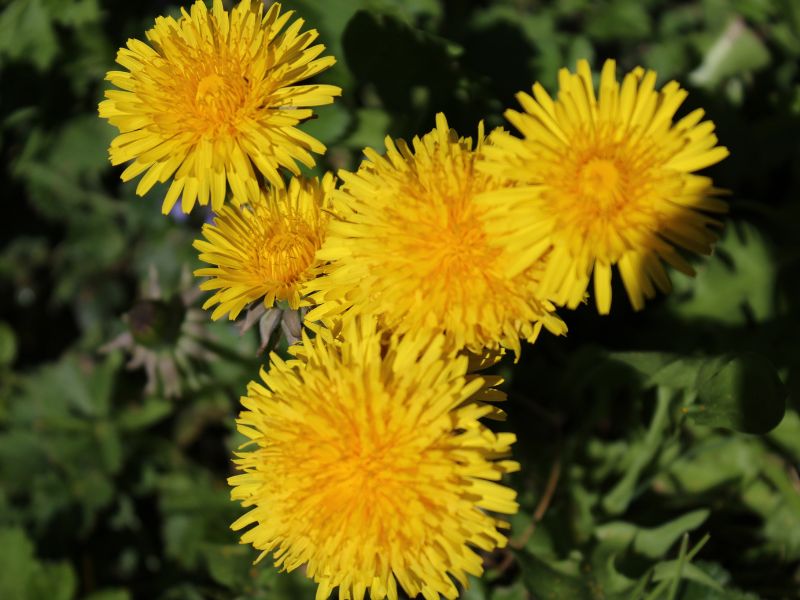When one thinks of dandelions, the image of a pesky weed invading a pristine lawn often comes to mind. However, beneath their unassuming appearance lies a plant with a rich history, diverse uses, and surprising health benefits. Dandelions (Taraxacum officinale) are more than just weeds; they are a versatile and valuable botanical resource that has captivated the interest of herbalists, chefs, and researchers alike.

Canva. com
A Historical Connection
Dandelions have a long-standing presence in human history. Originally native to Eurasia, these yellow-blossomed plants have spread across the globe. Ancient civilizations, such as the Egyptians, Greeks, and Romans, recognized the potential of dandelions for their culinary and medicinal properties. Throughout the centuries, dandelions have been used as traditional remedies for ailments ranging from digestive issues to skin conditions.
Culinary Uses
Apart from their medicinal uses, dandelions have become a nutritious meal addition. Their tender young leaves can elevate salads with a hint of bitterness and a wealth of essential vitamins and minerals. Dandelion flowers can be turned into golden treats like wine or cakes, while the roots can be roasted for a coffee-like drink or added to soups and stews for flavor.

Canva. com
Health Benefits
Modern research has unveiled an array of health benefits associated with dandelions. The plant is a rich source of antioxidants, compounds that help combat oxidative stress and reduce inflammation in the body. Some studies suggest that dandelion extracts may support liver health and aid digestion. Additionally, dandelions possess diuretic properties that could contribute to healthy kidney function.
Environmental Impact
Dandelions also have ecological importance. Their deep taproots help improve soil structure, making them natural soil enhancers. These hardy plants are often some of the first to bloom in spring, providing essential nectar for early pollinators like bees and butterflies.
